Sa Riera is the largest cove in Begur. Located in the north of the village, it is about 300 meters long and 100 meters wide, with fine golden sand that allows a pleasant walking on the surface.Therefore it’s the most visited cove and the one that offers more services. Read our post and you will find out what you can do on it.
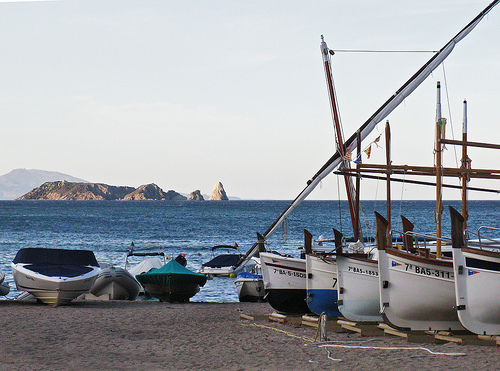
Cala de Sa Riera, in Begur. Background, Medes Islands.
Cala Sa Riera can be reached from the center of village by car (no more than 10 minutes), through a road that starts near Carmen Amaya villa, Mas Pinc. The descent down the road, about 5 minutes, offers some incredible views of Medes Islands in the distance, which are always present in the landscape of the creek. The road crosses the geographic feature that gives name to the creek: a little river (riera) that comes down from the mountain of Begur seaward, always dry in summer. At the entrance, this ancient mosaic welcomes us.
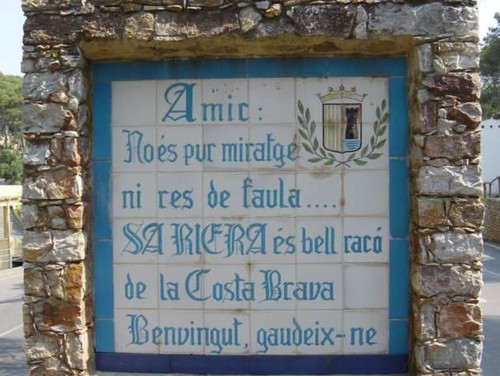
"Friend: it's not a pure mirage, not even a fable... SA RIERA is a beautiful place in Costa Brava. Welcome, enjoy it"
One of the reasons why Sa Riera is so popular, in addition to its amplitude, is the huge number of services it offers to its visitors. This creek is very familiar and children and adults will feel comfortable. The sea view boulevard has banks where you can sit and admire the wonderful view of the bay as a whole. It is also possible to sit in one of its many terraces, restaurants or bars, where you can enjoy a good drink in the shade.
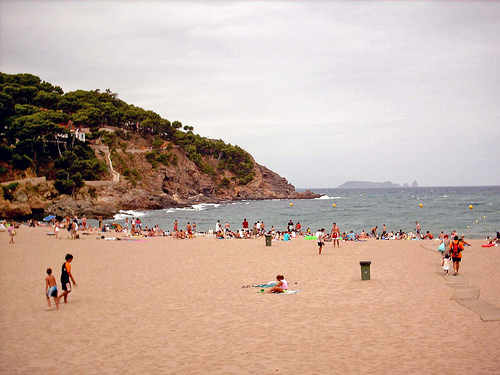
Cala de Sa Riera is wide, with golden sand and very familiar, with good facilities
Sa Riera has services to a shower and boardwalk to the sand about, so that people in wheelchairs can also enter.
The creek has traditionally been a fishing village, and therefore still remain at the forefront some of these houses, evidence of a past still alive in direct contact with nature. If you look with attention you will verify the typical structure of a ground floor in which the vessel is often introduced to protect the storm, and a first floor that was proper housing. This seafaring past still lives on in the form of the little harbour, located in the southern part and adapted for little sport or traditional boats.
From Sa Riera begins, both sides, two separate coastal paths. To the south, further the small cove of Port del Pi, the path leads to a long stretch of unspoilt coastline forming the Natural Reserve of Ses Negres, a protected marine area of a great ecological value.
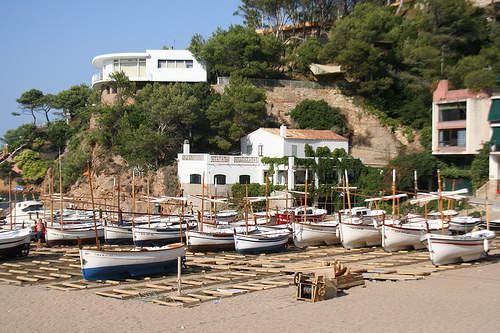
On the right side of Cala Sa Riera starts a coastal path that goes over a good stretch of Ses Negres Marine Reserve
To the south, once we cross the creek called Cala del Rei, with its excellent viewpoint, another walkway leads over the wonderful Illa Roja creek and, later, the beach of Pals.
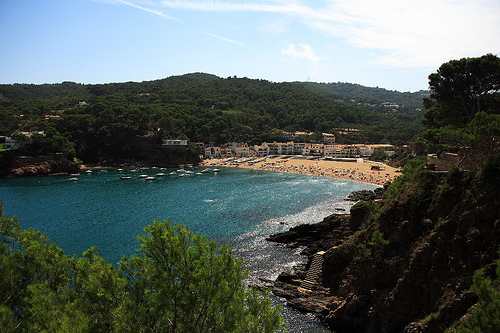
Sa Riera image, once we walk over Cala del Rei, to Cala Illa Roja, through the coastal path








Trackbacks/Pingbacks
[...] massif, begins a coastal path that, through the nudist beach Illa Roja, brings us to the cove of Sa Riera. North along the beach takes you to the mouth of the river Daró and, a little further to the Ter. [...]